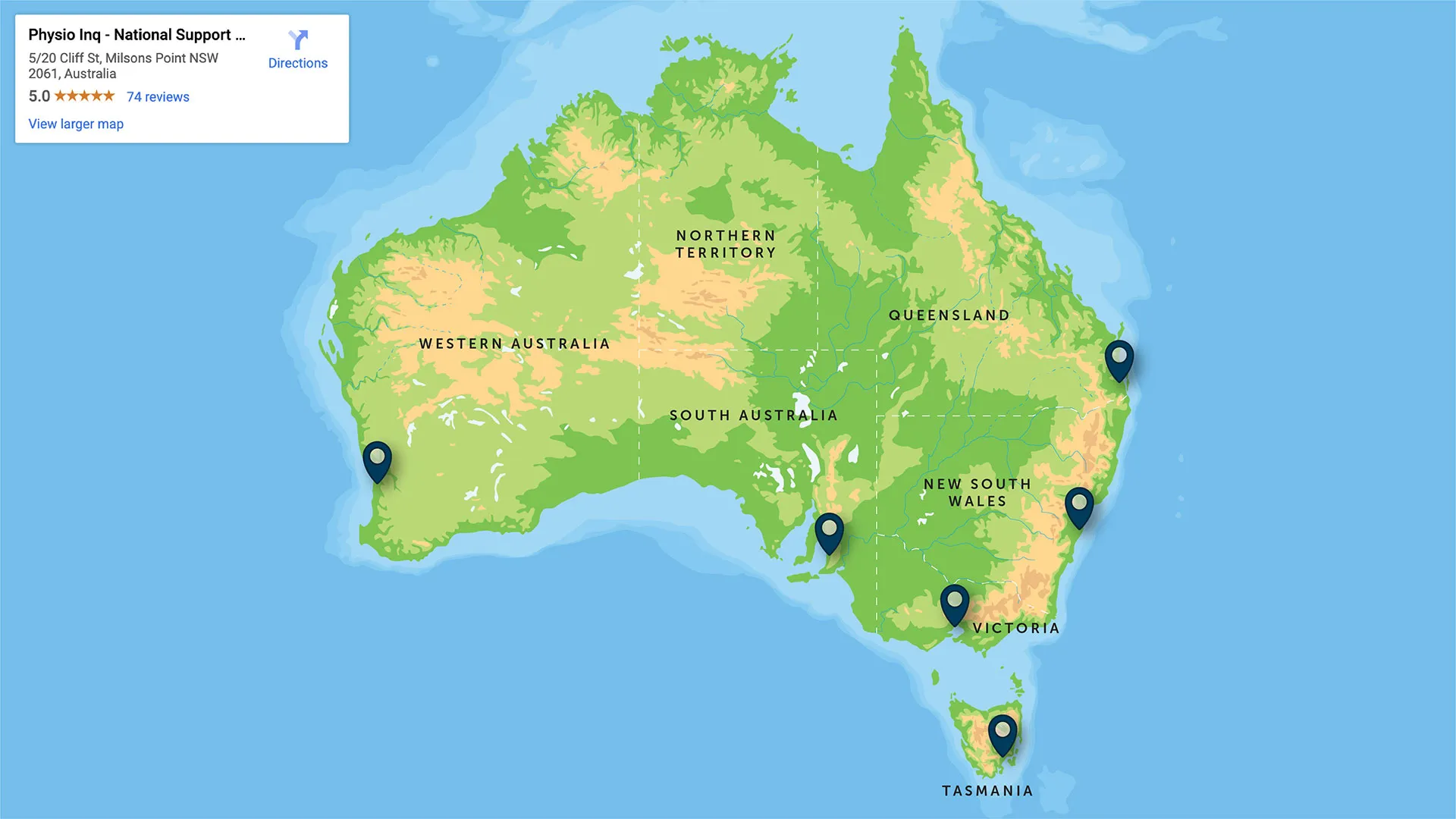How the Pandemic Helped Me Reset My Business
Originally Published Jul 4, 2020
When you start a business, you’re full of ideas about how you’re going to address gaps in the system and meet the needs of underserved clients. What you want to do differently definitely drives you for the first few years as you try to introduce your unique service proposition while keeping your practice afloat, writes Jonathan Moody.

At the start of my physiotherapy practice, I was driven to stop the double-handling of patients. I remember when I was younger I would be at the clinic for a session, but the physio would only be around for half because he’d be treating other patients in between. When I became a physio, I wanted to make sure every patient was my sole focus in their session. Once I started offering this, other practices followed suit. I was onto something.
Many people reach for the term “innovation”, but there’s a big difference between doing things differently because you’re forced to by circumstance and trying new things as part of your regular business strategy. There are plenty of organisations that, because of the pandemic, were forced to react because they couldn’t continue with business-as-usual. Change managers call this the “burning platform” and it is the least ideal way to innovate because you have very little choice in what you can do once it gets to that point.
A better way to think about innovation is to go back to that feeling you had when you first started, when you were going to change the world because you were addressing a need that was unfulfilled. That’s innovating through strategy, innovating by design. Truly innovative businesses didn’t wait for the effects of COVID-19 to hit them, they were already looking at what was possible, being proactive about the changes to come.
Reactive, not proactive
So, imagine my disappointment when I discovered I had slipped into the former category. As soon as restrictions were announced, we knew we could not continue our “business as usual” so had to consider whether to stay open and how to move forward. The pandemic made it clear that I didn’t have any immediate answer to the problem at hand. I wasn’t ready, likely because we had become more reactive, rather than being innovative by design — a state I had started from but had let complacency overrun.
While engaging with this decision point was better than others’ reactions — to try nothing and shut up shop — I could see that businesses were at totally different stages in their planning and execution. In analysing this further, it was clear that the ones that were ahead of the curve had innovation and flexibility built into their business models.
Fortunately, it didn’t take long for us to return to our innovative roots and we adjusted quickly. We had previously shelved a telehealth service, which I’d dismissed because I wasn’t sure it could offer the quality of care I had come to benchmark as our standard. Due to the restrictions that were imposed, it clearly became viable again. I could see that was happening with food outlets that were reluctant to do delivery before now embracing those orders, and retail stores without much of an online presence suddenly dedicated to e-commerce. I didn’t want complacency or reactive innovation to creep into our business ever again.
Innovation Initiation
The first step is to work with what you already have and extend it. How can you make it different and better? With telehealth, we decided it wouldn’t just be a consultation asking how they’re doing and prescribing a set of exercises, but as close to an in-person session as possible.
The second part is a lot harder: embedding this mindset into your business through your team members. That takes practice, and leadership. My three-step plan includes:
- Allowing team members to set aside time to work on passion projects. Not only can these projects develop into ideas for your business, simply letting your team do something they’re passionate about has great wellbeing benefits for staff
- Asking staff to put aside 30-minute per day of clear space time to dream a little dream. We are constantly obliged to feel stimulated every minute of the day and that leaves no room for the kind of downtime in your headspace that lets your mind wander and bump into solutions to problems or simply assist with mental clarity.
- Collect literally hundreds of ideas on a whiteboard (or other medium) so we can see and scope them, select the best ones and develop them. They don’t need to go into play today, but being able to start with a seed and then picking which idea to grow is an important step and an important practice to cultivate. You get better at gardening through experience.
In a strange way, COVID-19 reset my business. It forced me to realise I was being too reactive, so I re-examined my innovative process. While I’m not wishing a pandemic replay on anyone, I’m grateful that I’m once again looking at challenges as a start-up founder would.
This article was originally written by Jonathan Moody for My Business
Disclaimer
The information provided on this blog is intended for educational and informational purposes only. It is not intended to be a substitute for professional advice or treatment. Always seek the advice of a qualified professional with any questions you may have regarding a medical condition. Never disregard professional medical advice or delay in seeking it because of something you have read on this blog.

